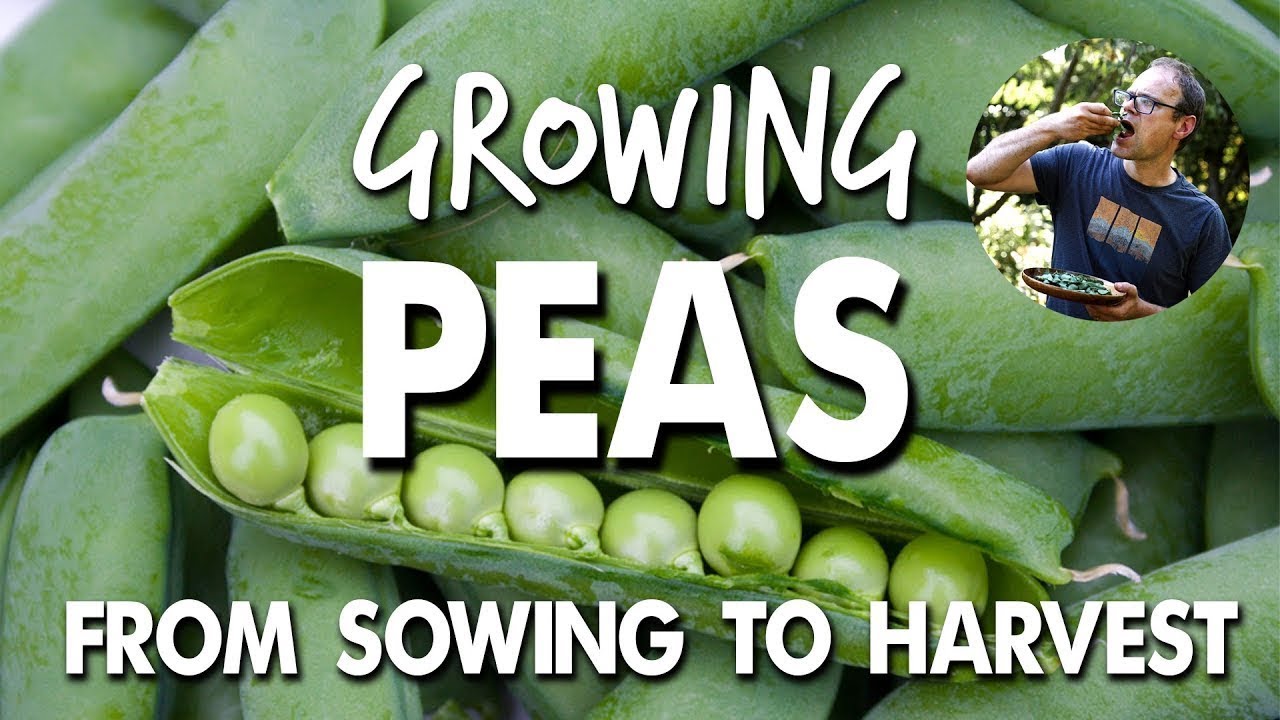Understanding Rhode Island’s Climate
Rhode Island, located in the New England region, experiences a humid continental climate. This means that the state has four distinct seasons, with cold winters and warm summers. The average annual temperature in Rhode Island is around 50 degrees Fahrenheit. It is important to consider this climate when deciding on the best time to sow peas in the state.
Factors Affecting Pea Planting Time
Several factors influence the optimal time to sow peas in Rhode Island. The first factor to consider is the average last frost date in the area, which typically occurs in late April or early May. Peas are cool-season crops and can withstand light frosts, but planting too early can stunt their growth. Another factor is the soil temperature, as peas prefer cooler soil for germination and root development. Additionally, the variety of pea being planted and the desired harvest time also play a role in determining the best planting time.
Soil Preparation for Pea Sowing
Proper soil preparation is essential for successful pea sowing in Rhode Island. Peas thrive in well-draining soil that is rich in organic matter. Before planting, it is recommended to amend the soil with compost or aged manure to improve its fertility and moisture retention. Additionally, it is important to remove any weeds or debris from the planting area and loosen the soil to a depth of 6 to 8 inches. This will provide a loose and fertile bed for the peas to establish their roots.
Selecting the Right Variety for Rhode Island
Choosing the right variety of pea is crucial for a successful harvest in Rhode Island. Some pea varieties are better suited for specific regions and climates. In Rhode Island, it is advisable to select early-maturing varieties that can withstand the state’s short growing season. Some popular choices include ‘Sugar Ann’ and ‘Little Marvel,’ which are known for their productivity and disease resistance. It is recommended to purchase seeds from reputable sources to ensure the quality and reliability of the chosen variety.
Recommended Sowing Dates for Peas
The recommended sowing dates for peas in Rhode Island vary depending on the specific location within the state. As a general guideline, peas can be sown as early as mid-March in southern parts of Rhode Island, while planting can be delayed until early April in the northern regions. It is important to monitor the soil temperature, as peas prefer to germinate in soil temperatures between 40 and 75 degrees Fahrenheit. Sowing too early can result in slow germination, while sowing too late may lead to the peas struggling to mature before the heat of summer arrives.
Ideal Weather Conditions for Pea Planting
Peas thrive in cool weather, making the ideal weather conditions for pea planting in Rhode Island fairly specific. The optimal temperature range for pea growth is between 55 and 65 degrees Fahrenheit. It is beneficial to sow peas when the weather forecast predicts a period of mild temperatures and minimal rainfall. Excessive moisture can cause rotting, while extreme heat can negatively impact germination and overall plant health. Therefore, selecting a window of stable weather conditions is key for successful pea planting.
Tips for Successful Pea Germination
To ensure successful germination, there are a few tips that gardeners in Rhode Island should follow. First and foremost, it is crucial to sow the seeds at the proper depth. Pea seeds should be planted around 1 to 1.5 inches deep in the soil. Additionally, soaking the pea seeds in water for a few hours before planting can help speed up germination. It is important to keep the soil consistently moist but not waterlogged during the germination period. Mulching the planting area can help retain moisture and regulate the soil temperature.
Nurturing Pea Seedlings in Rhode Island
Once the pea seedlings emerge, it is important to provide them with proper care to ensure healthy growth. Peas require an adequate amount of sunlight, so it is recommended to place them in a location that receives at least six hours of direct sunlight per day. Regular watering is essential to keep the soil evenly moist but not saturated. Applying a balanced fertilizer or compost tea every few weeks can also provide the plants with necessary nutrients. It is crucial to provide support for the peas to climb, such as trellises or stakes, to prevent the plants from sprawling and improve air circulation.
Protecting Peas from Frost and Cold Snaps
Although peas are relatively cold-hardy, they can still be damaged by frost or sudden cold snaps. To protect the plants, it is advisable to cover the pea rows with a floating row cover or lightweight cloth during periods of frost or freezing temperatures. This will provide a layer of insulation and protect the plants from potential damage. It is important to remove the covers during the day to allow sunlight to reach the plants and prevent overheating.
Harvesting Peas at the Right Time
Knowing the right time to harvest peas is essential to ensure peak flavor and tenderness. Most pea varieties in Rhode Island are ready for harvest approximately 60 to 70 days after sowing. The pods should be filled with round peas but still feel tender. Overripe peas can become starchy and lose their sweetness. To harvest, gently pull the pods from the vine, being careful not to damage the plant. It is recommended to harvest regularly to encourage continuous production.
Extending the Pea Growing Season in Rhode Island
Gardeners in Rhode Island can extend the pea growing season by employing a few techniques. One method is to start peas indoors and then transplant them into the garden once the soil has warmed up. Another technique is to make successive plantings every two weeks to ensure a continuous supply of fresh peas throughout the season. Providing shade during the hotter months can also help prolong the harvest by protecting the plants from excessive heat stress. By utilizing these strategies, gardeners can enjoy fresh peas for an extended period in Rhode Island.





